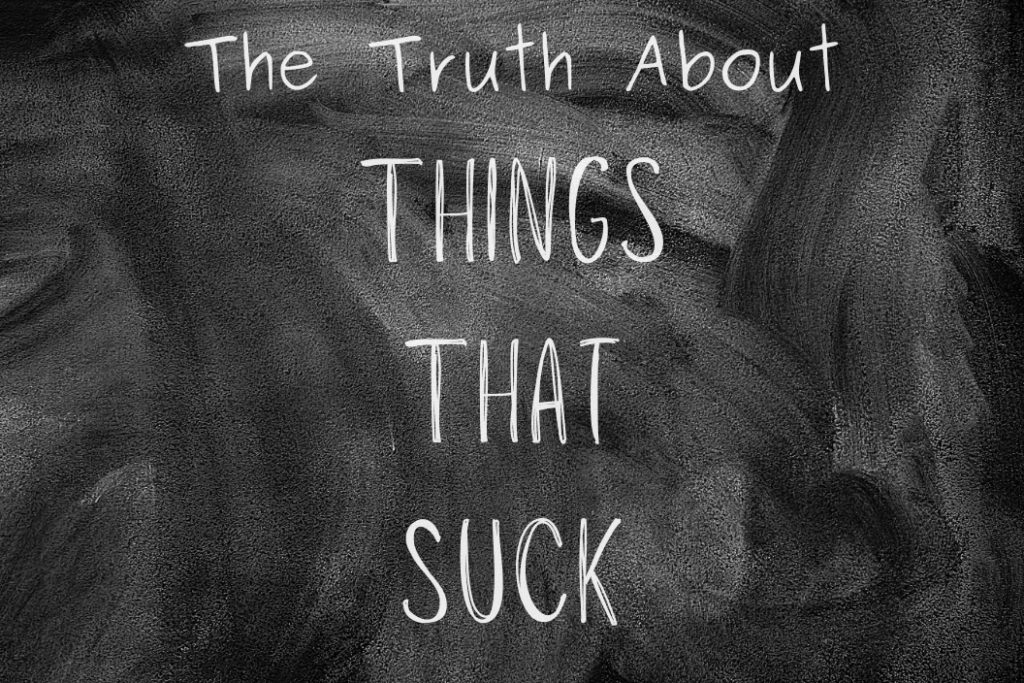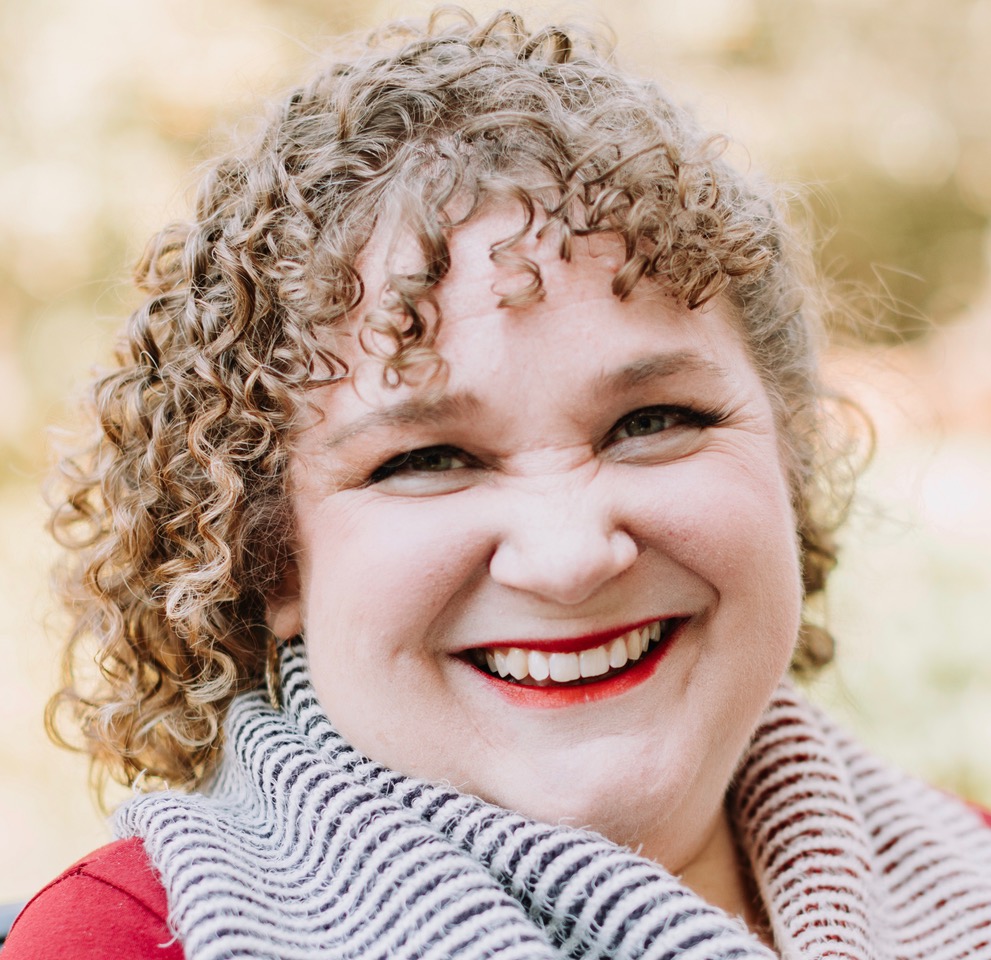Imagine a city whose very infrastructure revolved around ensuring it’s accessible for everyone. It is possible.

By Mindy Henderson, Photo by Vanessa Todd
Wikipedia defines “Universal Design” as “the design of buildings, products or environments to make them accessible to all people, regardless of age, disability or other factors.”
Several years ago, I broke my arm in two places—right above the elbow and right below my shoulder. I broke my right arm. Being right-handed, I use that arm to write, to eat, to maneuver the joystick on my motorized wheelchair.
As I am a type-A overachiever, so when I do something, I go all-in, folks! I broke my arm spectacularly.
My arm was in a brace/sling for about six weeks, which was bad news for my arm. See, I have a neuromuscular condition with already severely atrophied muscles. Remove the ability to use an appendage for six weeks, and it amounts to more loss of muscle and function that never recovers.
Also, because I already lack the ability to walk, and use a wheelchair on the regular, it was rather like being reduced to one functioning limb for those six weeks. It was pretty serious, y’all.
“Why is she talking about Universal Design and a broken arm?” you may be asking.
I broke my arm on the way to a job interview.
But wait! There’s more!
The interview was in a building in downtown Austin. It was one of the super-old buildings that was not originally built to be wheelchair accessible. When I arrived, I could not find any accessible entry to the building. I knew it had to be there somewhere, so as I dashed around trying to find it, I grew more and more anxious that I would miss my interview. In my stressed and distracted state, dashing around, desperately seeking the entrance I just knew had to be there, I drove my chair off a curb…and flung myself out of my wheelchair onto the very hard cement floor of the parking garage.
Well-hidden accessible entrance + unnoticed curb + unfortunate wheelchair navigation + me flying through the air + cement floor stopping my fall = one very broken arm. And an ambulance ride. And, yes, a missed interview.
You Are Not Valued in This Space
Can you imagine arriving somewhere and realizing there may be no way in for you? Or that there is a way in, but you lack the muscle strength to pull the door open? Then, having to wait 20 minutes in the rain or in 35-degree weather for a good Samaritan to come through the door and let you in? Or to get inside a movie theater on a cruise ship to find there is no accessible seating and to be told that you are welcome to sit in front of the front row of seats? Who even wants to sit in the front row, y’all? But in front of the front row?
These are all real-life situations I’ve encountered. That so many like me encounter. Daily.
It’s dehumanizing, the absolute opposite of inclusive. It’s a communication to you (however unintentional) that you’re not valued in that space.
This is how I see it. There is a way to design the world and the cities in it to be accessible, inclusive and welcoming to everyone. Once again for the people in the back.
There is a way to design the world and the cities in it to be accessible, inclusive and welcoming to everyone.
When my husband and I built our home 12 years ago, I had a vision to build it so it was accessible to me but didn’t look like it was built to be accessible. There are no ramps, just gradual inclines where the ground isn’t completely flat, or where we needed to prevent water coming in doorways. The light switches and thermostat are low enough for me to reach. Doorways are either a bit wider, or we installed French doors, which create a wider pathway into a room. (Also they’re pretty!) We have a large roll-in shower that has proper draining and a tile bench. (And is so pretty, it’s the envy of anyone who sees it!)
Here’s the thing. Anyone could live in this house. A wheelchair user. An able-bodied person. Someone who is 6’5” tall or someone who is 2’5” tall. Someone who is injured temporarily and using crutches.
I have a dream of a city planned for the inclusion, ease and convenience of everyone in it. I dream of a city where I don’t have to call ahead to everywhere I go to ensure workable parking and entry access. Where I have varied seating options. Where I can choose to sit in the front or in the back or in the middle…just like anyone else. A city where the doors are not barriers to my participation in what’s inside.
It’s possible.
Believe me, I do understand. I understand that it adds an extra layer of complexity. I’m not an architect or a builder or a city planner. But I do know there are regulations, the ADA and OSHA to comply with. Maybe there are financial implications.
It’s still possible. With creative thinking and innovation, it’s possible. If they’re not already, I encourage the architects and city planners and interior designers of Austin to bring in individuals who can advise you on “real-world” scenarios and considerations to make. It’s possible, y’all!
How amazing would it be if Austin were the city that becomes the model for the rest of the country on how to do this right? To “build” inclusion into the actual walls of our city? How to ensure that no one feels left out or like a burden?
It’s possible.

Mindy Henderson lives in Austin with her husband of 17 years. They have a daughter at Texas State University, a puggle named Mr. PapaGeorgio and a cat named Birdie. Mindy currently works as a speaker, writer, coach, host of The Truth About Things That Suck podcast and is a guest contributor to We Are Austin. This column is a tool she is excited to use regularly to help us all uncover those sucky but surprisingly beautiful circumstances. Connect with Mindy on Instagram at @mindyhendersonspeaks, or on LinkedIn.


